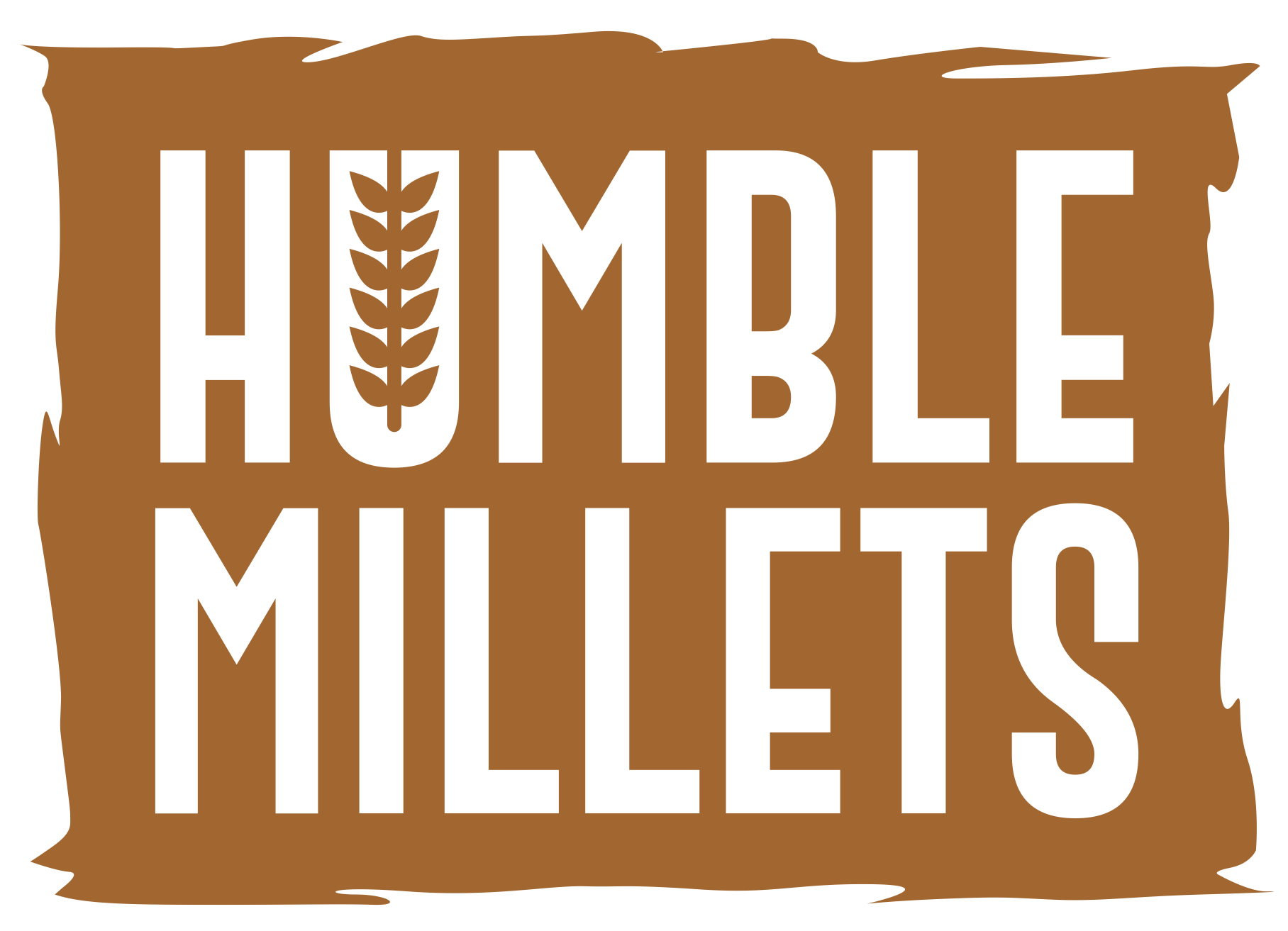
Millions of people around the world suffer from malnutrition, which results from inadequate or unbalanced ingestion of essential nutrients. According to WHO (2009), malnutrition is related directly or indirectly to about 45% death rate on children under five years old. In other words, this amounts to a shocking 3.1 million young lives that are lost every year. Growth, development and immune function are severely affected by iron deficiency anemia, vitamin A deficiency and protein-energy malnutrition.
However, there may be an answer in ancient grains often called millets whose potential was forgotten only to be rediscovered recently. Millets are among the ‘nutty cereals’ that are rich in nutrients and belong to the Poaceae (grass) family. They have been grown for thousands of years particularly in Asia and Africa as they can withstand harsh climatic conditions.
Millets: A Nutritional Powerhouse
Millets are not just a source of sustenance; they’re filled with critical nutrients which could drastically impact the combat in opposition to malnutrition. Here’s a glimpse into their dietary profile:
Rich in Micronutrients: Millets are a natural supply of iron, calcium, magnesium, phosphorus, and zinc – all vital for wholesome growth and improvement. For instance, finger millets (ragi) boast the best calcium content among all cereals, making them a valuable dietary issue for building strong bones.
Dietary Fiber Powerhouse: Millets are high in nutritional fiber, which promotes gut health, regulates blood sugar tiers, and aids in digestion. This is especially useful for stopping diet-related chronic illnesses like diabetes and heart sickness.
Protein Content: Compared to different cereals like rice, millets provide a higher protein content material, important for constructing and repairing tissues. This is specially crucial for youngsters and pregnant women.
Gluten-Free: Millets are certainly gluten-free, making them a secure and nutritious choice for people with celiac disease or gluten sensitivity.
Combating Malnutrition with Millets
The specific homes of millets make them a effective device in preventing malnutrition across diverse demographics:
Children: Including millets in children’s diets can deal with micronutrient deficiencies, enhance cognitive feature, and enhance immunity. Studies recommend that regular millet intake can improve hemoglobin ranges and decrease iron-deficiency anemia, a everyday difficulty among kids in growing international locations.
Pregnant and Lactating Women: Millets provide important nutrients like iron, calcium, and folic acid, important for pregnant and lactating ladies. This now not best benefits their fitness however additionally guarantees proper fetal development and healthy beginning results.
Food Security: Millets are drought-resistant and require less water compared to other cereals. This makes them a reliable source of nutrition in regions liable to water shortage and weather alternate, contributing to long-term meals protection.
Challenges and the Way Forward
Despite their potential, promoting millet consumption faces some challenges. Lack of awareness about their nutritional benefits, limited access in certain regions, and underdeveloped processing and marketing infrastructure are key hurdles.
To overcome these challenges, a multi-pronged approach is needed:
Raising Awareness: Educational campaigns can create awareness about the benefits of millets among consumers, healthcare professionals, and policymakers.
Improving Accessibility: Integrating millets into government food distribution programs and promoting their cultivation by small-scale farmers can increase access in vulnerable communities.
Enhancing Processing and Marketing: Investing in research and development to create innovative millet-based products and promoting them through effective marketing strategies can make millets more appealing to a wider audience.
Want to know how millet is is been proving to be a solution for Sustainable Agriculture: Click here.
Conclusion
Millets are not just a nostalgic reminder of the past; they hold the key to a healthier future. By harnessing their nutritional power and promoting their integration into diets across the globe, we can significantly contribute to the fight against malnutrition. With increased awareness, improved accessibility, and innovative approaches, millets have the potential to become a powerful weapon in our fight to ensure a world where everyone has access to adequate and nutritious food.
